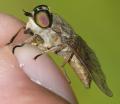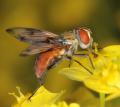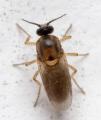Diptera.info :: Identification queries :: Other insects, spiders, etc.
|
Dictyophara to ID
|
|
| Rui Andrade |
Posted on 29-08-2019 22:40
|
|
Member Location: Portugal Posts: 3123 Joined: 19.06.07 |
Hi, I think this might be Dictyophara europaea, but I don't have a key, so I'm not sure. From my internet searches I found out that D. multireticulata has yellow front legs and a different wing venation than D. europaea, but I don't know exactly what are the differences. Also the shape of the head in D. pannonica is different from D. europaea. Regarding the other species I don't have any information. location: Porto (Portugal) date: 22/08/2019 According to Fauna Europaea these are the species known from Iberia: - Dictyophara (Dictyophara) europaea (Linnaeus, 1767) - Dictyophara (Dictyophara) longirostris Walker, 1851 - Dictyophara (Chanitus) pannonica (Germar, 1830) - Dictyophara (Dictyophara) lindbergi Metcalf, 1955 - Dictyophara (Dictyophara) multireticulata Mulsant & Rey, 1855 - Dictyophara (Dictyophara) validicornis (Stal, 1859) - Dictyophara (Dictyophara) seladonica Melichar, 1912 Rui Andrade attached the following image: 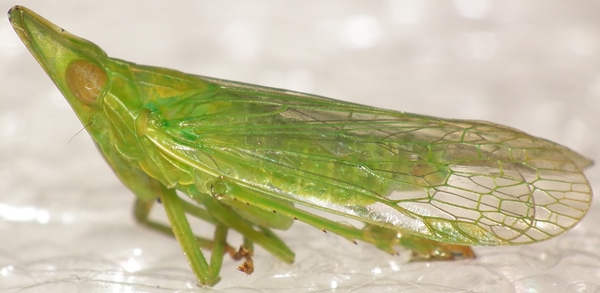 [91.28Kb] |
| Rui Andrade |
Posted on 29-08-2019 22:41
|
|
Member Location: Portugal Posts: 3123 Joined: 19.06.07 |
.
Rui Andrade attached the following image: 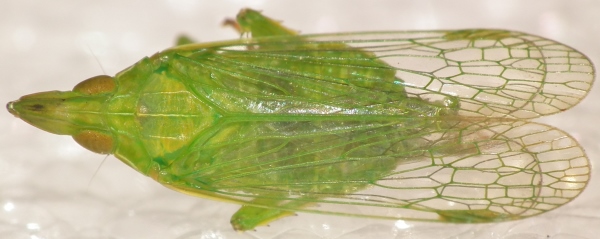 [85.66Kb] |
| Rui Andrade |
Posted on 29-08-2019 22:41
|
|
Member Location: Portugal Posts: 3123 Joined: 19.06.07 |
.
Rui Andrade attached the following image: 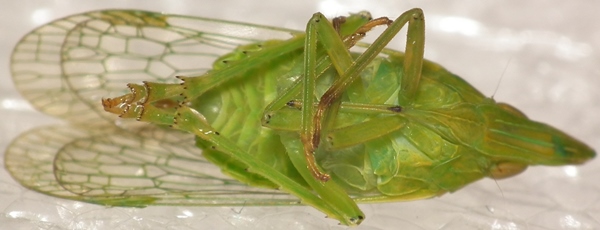 [75.55Kb] |
| Rui Andrade |
Posted on 29-08-2019 22:41
|
|
Member Location: Portugal Posts: 3123 Joined: 19.06.07 |
.
Rui Andrade attached the following image: 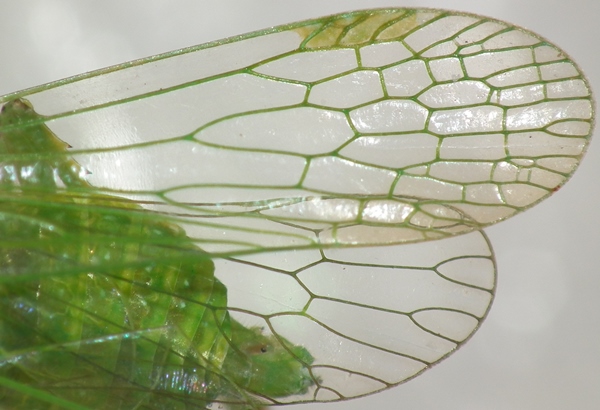 [138.9Kb] |
| johnes81 |
Posted on 30-08-2019 20:48
|
|
Member Location: Berlin, Germany Posts: 1980 Joined: 15.10.16 |
Hello Rui, unfortunately, my book only contains genitalia for D. europaea. Of your list, I think that only Dictyophara lindbergi is similar to europaea. I will try to dig up some info about lindbergi versus europaea. I don't know about validicornis and seladonica. The others are not possible based upon length of the head. Maybe someone else can offer an opinion. Meantime, i will also look at my europaea specimen. Best wishes, John John and Nini. Naturalists not experts. |
|
|
|
| Rui Andrade |
Posted on 31-08-2019 02:45
|
|
Member Location: Portugal Posts: 3123 Joined: 19.06.07 |
Hi John, Thank you, I really appreciate your help.  |
| johnes81 |
Posted on 03-09-2019 00:35
|
|
Member Location: Berlin, Germany Posts: 1980 Joined: 15.10.16 |
Hello Rui, I think that your specimen is consistent with D. europaea. I am not a specialist but it fits the description from Melichar very well: - nose (vertex of head) is conical - all legs are green or yellow green - tarsi reddish yellow - apices of femora have three black dots - hind tibia has 6 spines - wings are hyaline with green veins - wing stigma is green with three veins crossing through - nose is near three times as long as wide I've read the descriptions of seladonica and validicornis and i do not see a match. Here is a reason why for each one: - seladonica: the foreleg is supposed to be yellow and the wing stigma is described as bearing five cells. n.b: This species is notably present in Portugal - validicornis: the nose is described as being cylindrical not conical Overall, I think that this fits best with D. europaea but you may want a second opinion as i am not a specialist. I have not seen the others through my microscope. Best wishes, John John and Nini. Naturalists not experts. |
|
|
|
| Rui Andrade |
Posted on 03-09-2019 03:11
|
|
Member Location: Portugal Posts: 3123 Joined: 19.06.07 |
Hi John, Thank you so much for listing all the features of D. europaea! Indeed everything seems to fit this species very well.  And with the characteristics you mention for D. seladonica and D. validicornis I think it is safe to exclude both species. The only species for which information is being difficult to find is Dictyophara lindbergi, but I guess it is not very likely to be this species. I'll label the specimen as D. europaea. Your help was great!  |
| johnes81 |
Posted on 03-09-2019 15:48
|
|
Member Location: Berlin, Germany Posts: 1980 Joined: 15.10.16 |
Hi Rui, I could only dig up data from (1) Emeljanov, which described the vertex of the head (nose). I may be incorrect because he uses a very strange term instead of something descriptive and common, like nose or vertex of head. He uses the word coryphe, which to my knowledge is an old Greek word not associated with anatomy. I hate this type of writing. I believe that usage of such terms is pompous and deliberately vague/ambiguous. I try to understand what in the hell he is referring to and i think he means the lead of the head, so the nose. However, D. europaea is not in the keys. Therefore, the head is conical and similar in length. Yet, i found a second document by (2) Guillaume-Antoine Olivier entitled Histoire naturelle: Discours préliminaire. D. lindbergi was originally named Fulgora acuminata. Guillaume-Antoine Olivier described it briefly as follows: Tout le corps est d'un jaune brun (body is yellow-brown [I'm not French so i hope that this is a correct translation]). The nose is supposed to be conical as well but also described as being pointy (acuminata). If this description is accurate, then we can exc;ude D. linbergi because the whole body is yellow-green or green-yellow. I think that D. europaea is a match. I have many photos of D. europaea in the field and it looks like the specimen of your photos. I would like to find a modern description of lindbergi but it shouldn't be a possibility due to the green yellow color of your specimen. Best wishes, John  John and Nini. Naturalists not experts. |
|
|
|
| Rui Andrade |
Posted on 03-09-2019 16:25
|
|
Member Location: Portugal Posts: 3123 Joined: 19.06.07 |
Hi John, I came across the term coryphe as well, and reached the same conclusion, it is the "nose". I'm quite happy with the identification, I don't think there are many doubts that it is D. europaea. Thank you for all your effort in the identification of this specimen!  Best regards Rui |
| Jump to Forum: |



